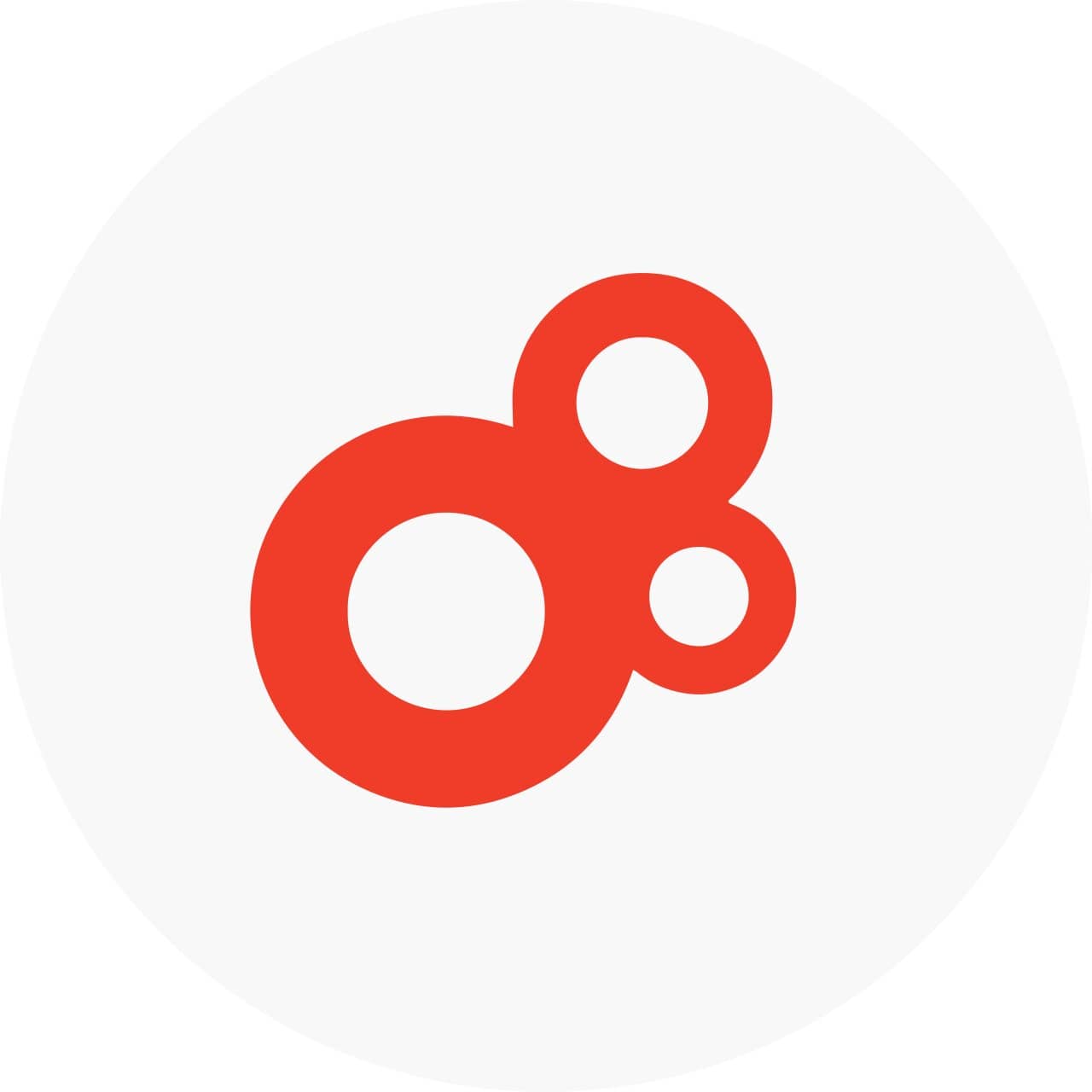
The product onboarding process — also known as customer onboarding — is the final step between acquisition and retention. It’s how you introduce new customers to your software. More importantly, it’s how you show them how they can get the most value from your product.
Unfortunately, that seems to be something many companies struggle with. Effective product onboarding goes well beyond a product demo or a few tutorial videos, after all. Let’s talk about what you can do to improve your own process.
Why is product onboarding important?
In many ways, your onboarding process represents the first experience many users will have with your software. And first impressions, as they say, are everything. If your onboarding process is well-designed, it will have a significant impact on:
- Time to activation.
- Engagement.
- Satisfaction.
- Customer retention and renewals.
Consequently, a poorly designed onboarding process may have the opposite effect, potentially contributing to churn and harming engagement.
Product onboarding best practices
In order to craft an engaging product onboarding process, you’ll want to keep the following advice in mind.
Define your objective
It’s not enough to say that you want customers to learn how to use your software during onboarding. You need to think about what you want them to be able to do with your software. Rather than looking at your product as a monolith, consider breaking your onboarding process down along following lines:
- Priority features.
- Use cases.
- Format and medium.
- Training style.
Create the right team
Just as any successful sales process needs to be supported by a strong sales team, you need a strong customer success team to back your onboarding process. Rather than simply looping in support personnel, you might consider involving people from multiple different departments, including:
- Sales.
- Marketing.
- Product development.
- Product engineering.
- Customer support.
Play to your audience
The key to any successful onboarding strategy is an understanding of its target audience. Who are your users? How are they using your software, and what style of onboarding is likeliest to resonate with them?
Depending on what your software does, you might actually be working with several different audience demographics — as such, we recommend creating several user personas and defining them along the following lines:
- Industry and technical background.
- Role within their organization.
- Pain points.
- Business objectives.
- Activation point.
Once you’ve done that, the next step is to map out your customer journey. What are your key touchpoints? How can you improve the experience at each of those touchpoints to enhance the transition from prospect to satisfied customer?
Finally, you’ll want to define the unique onboarding flow for each user persona and ensure you have the necessary processes and tools in place for them. You could even go a step further and create contextual, dynamic onboarding that adapts itself based on user feedback and behavior. Finally, you might consider putting together a knowledge base that covers anything you might not be able to include as part of your onboarding.
Make things as painless as possible
If a prospect’s first impression of your company is one of frustration, that’s going to kill your conversion rate. With that in mind, everything from signup to sale should be completely frictionless. Here’s what we mean by that:
- Use Single Sign On (SSO) wherever possible.
- Only request information you absolutely need.
- Provide personalized welcome messages.
- Use analytics and user surveys to identify potential bottlenecks and remove sources of friction.
Embrace product-led onboarding
Instead of providing your users with a product tour or some documentation, why not let them get some hands-on experience with your software? An interactive walkthrough or demo environment allows your business to provide users with the sort of product knowledge they could never get from a passive demonstration. If your product is relatively simple, you can likely even get away with self-directed onboarding.
Bear in mind, however, that more complex or technical software might require a high-touch approach.
Always look for ways to improve
No matter how successful your onboarding process becomes, there are always ways it could be better. Never stop looking for them. Leverage user surveys, analytics, and everything else in your toolkit to identify potential opportunities for a better onboarding experience.
Because the more you improve, the more effective your onboarding process becomes.
Create an onboarding experience that converts with CloudShare
We’ve talked a lot about what’s involved in effective customer onboarding. But there’s one thing we’ve yet to mention. All the strategies, processes, and planning in the world mean very little without the right platform to support them.
CloudShare can be that platform. Our scalable, flexible virtual training software is designed to help you effortlessly deliver whatever training experiences your organization requires, whether that’s hands-on self-directed onboarding or an instructor-led product walkthrough. Reducing time to product competency and increasing feature adoption from the start to keep customers engaged with your product.
Book a demo today, and we’ll show you what we can do.



